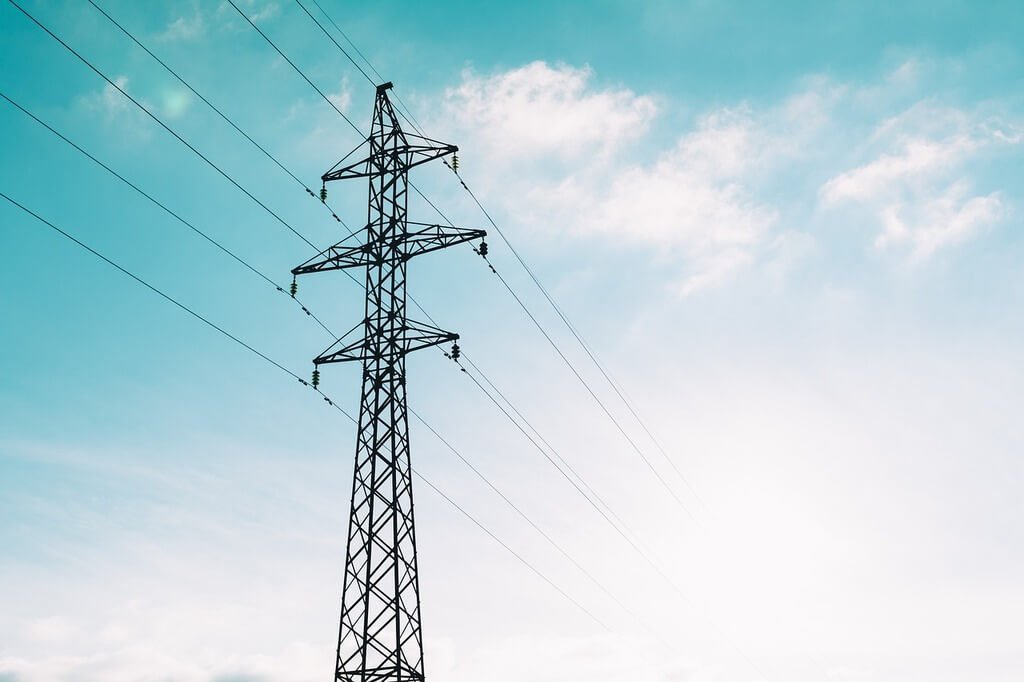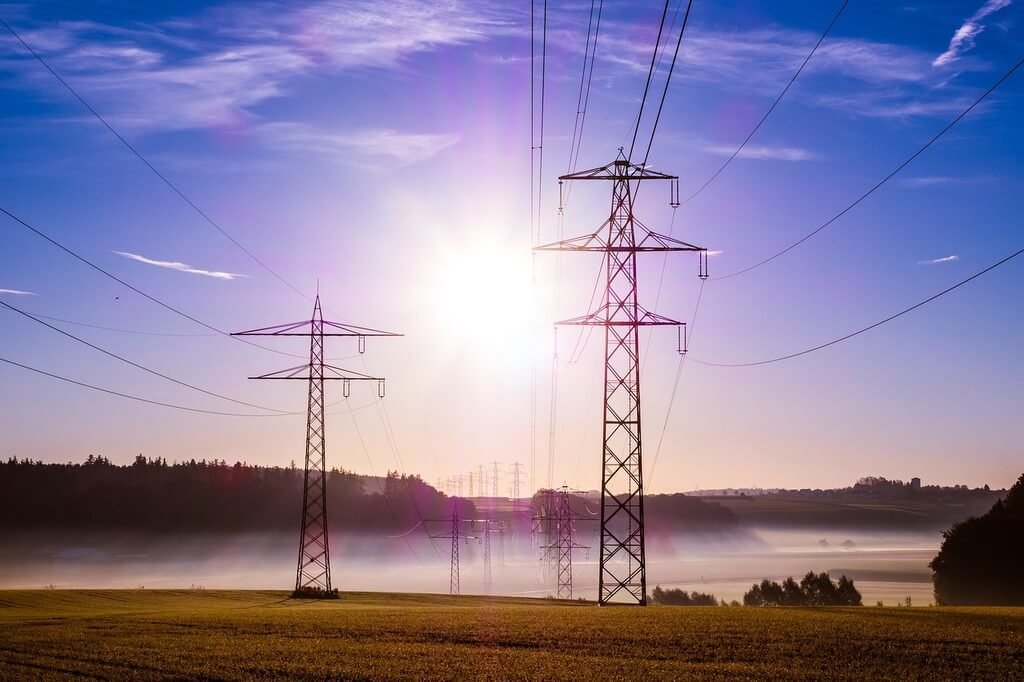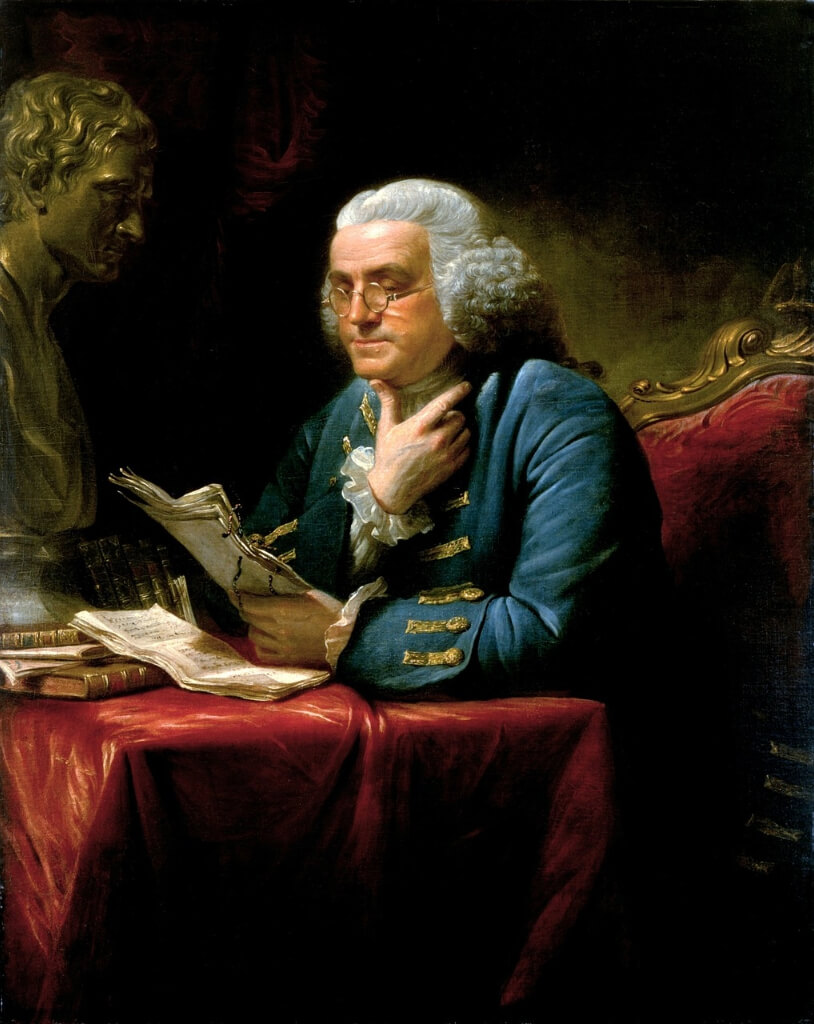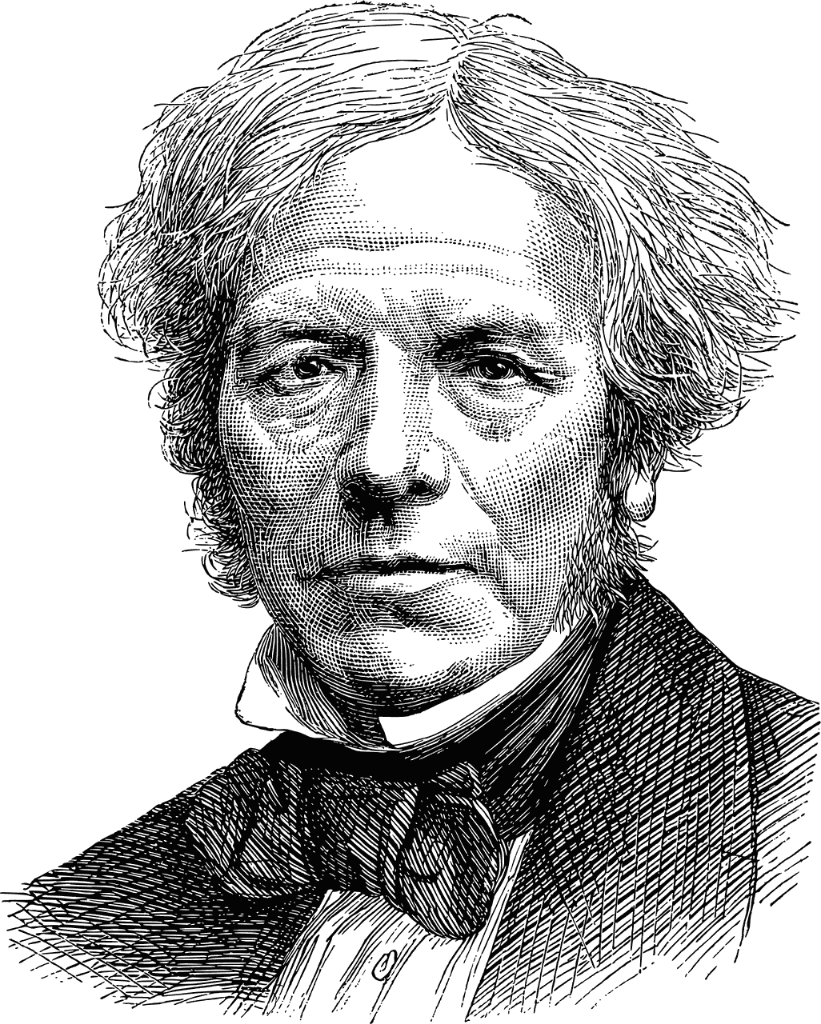Electricity, the unseen force that powers our modern world, has a fascinating history marked by a series of groundbreaking discoveries and inventions. While we often take this essential force for granted, it’s essential to delve into the past to understand the pioneers who laid the foundation for harnessing and understanding electricity. In this article, we’ll explore the question that has intrigued minds for centuries, who invented electricity?

The Early Sparks
The journey into the realm of electricity began long before any single inventor claimed its discovery. Ancient civilizations observed static electricity in the form of lightning and even the curious attraction of amber after rubbing it against fur. However, it wasn’t until the 17th century that scientists started to systematically study and experiment with this mysterious force.
One of the earliest contributors to the understanding of electricity was the English scientist William Gilbert. In the late 16th century, Gilbert conducted experiments and documented his observations in the groundbreaking work “De Magnete.” Although he did not invent electricity, his exploration paved the way for future generations to unravel its secrets.
Benjamin Franklin And The Kite Experiment
Jumping forward to the 18th century, one name stands out prominently in the history of electricity: Benjamin Franklin. The American polymath is often erroneously credited with “inventing” electricity, but his contributions were, in fact, significant. Franklin’s experiments with lightning and his famous kite experiment in 1752 demonstrated the electrical nature of lightning, helping to dispel the myth that lightning was a manifestation of divine wrath.
Franklin’s groundbreaking work led to the development of the lightning rod, a device designed to protect buildings from lightning strikes. While he didn’t invent electricity, Franklin’s experiments and inventions played a crucial role in advancing our understanding of this powerful force.
Alessandro Volta Is Associated With The Inception Of The Battery
Moving into the 19th century, another key figure emerges in the story of electricity: Alessandro Volta. The Italian physicist is credited with the invention of the first chemical battery, known as the voltaic pile, in 1800. Volta’s device consisted of alternating layers of zinc, copper, and cardboard soaked in brine, producing a continuous electrical current.
Volta’s voltaic pile was a revolutionary development, as it provided a stable and reliable source of electrical energy. This invention laid the foundation for future advancements in electrical technology and set the stage for the practical application of electricity in various fields.
Michael Faraday And Electromagnetism
While Volta’s voltaic pile provided a means to generate electricity, Michael Faraday, an English scientist, made significant strides in understanding the relationship between electricity and magnetism. In the early 19th century, Faraday conducted groundbreaking experiments that led to the discovery of electromagnetic induction.
Faraday’s investigations revealed that a dynamic alteration in a magnetic field had the power to generate an electric current. This breakthrough marked a critical juncture in the evolution of electricity, serving as the foundation for the creation of electric generators and transformers. Faraday’s significant contributions played a key role in steering the progression from static electricity towards the generation of a sustained and practical electrical power supply.
The Creation Of The Incandescent Light Bulb Is Attributed To Thomas Edison
As the 19th century progressed, the practical applications of electricity continued to expand. Thomas Edison, an American inventor, is often associated with the invention of the light bulb. While Edison did not invent electricity itself, his work was instrumental in developing practical applications for it.
In 1879, Edison successfully demonstrated the first commercially viable incandescent light bulb. This invention marked a transformative moment, as it provided a reliable and efficient means of lighting homes and businesses. Edison’s innovations extended beyond the light bulb, as he also contributed to the development of electrical power distribution systems, such as the creation of the first electrical power station in 1882.

Nikola Tesla And Alternating Current
No discussion of electricity’s history would be complete without mentioning Nikola Tesla. The Serbian-American inventor and engineer played a crucial role in the development of alternating current (AC) power systems. Unlike direct current (DC) systems championed by Edison, Tesla’s AC system allowed for the efficient transmission of electricity over long distances.
Tesla’s inventions and contributions to the field of electrical engineering, including the development of the induction motor, had a profound impact on the practical implementation of electricity in the late 19th and early 20th centuries. His ideas and inventions laid the groundwork for the modern electrical power distribution systems that we rely on today.
The Collective Effort In Unveiling The Power Of Electricity
The journey to understanding and harnessing electricity was not the work of a single individual but a collective effort spanning centuries. From the early observations of static electricity to the development of batteries, the discovery of electromagnetism, and the practical applications of electricity in lighting and power distribution, numerous minds contributed to unraveling the secrets of this powerful force.
While no one person can claim to have “invented” electricity, the collaborative efforts of scientists and inventors throughout history have shaped the world we live in today. Electricity has become an integral part of our daily lives, powering our homes, industries, and technological advancements. As we benefit from the convenience and progress enabled by electricity, it’s essential to acknowledge the diverse contributions that have collectively illuminated the path to harnessing this extraordinary force.
Benjamin Franklin: A Renaissance Man Of American History
Benjamin Franklin, often hailed as one of the Founding Fathers of the United States, remains a towering figure in American history. His remarkable life was characterized by multifaceted contributions to science, politics, literature, and social reform. In this article, we delve into the various facets of Franklin’s life and explore his enduring legacy.
Early Life And Background
Born in Boston, Massachusetts, in 1706, Benjamin Franklin’s humble beginnings foreshadowed his extraordinary journey. Apprenticed to his brother as a printer, Franklin quickly developed a keen intellect and insatiable curiosity. His formative years were marked by self-education and the cultivation of values such as industriousness, frugality, and civic responsibility.
Contributions To Science And Innovation
Benjamin Franklin’s foray into science yielded groundbreaking discoveries in the field of electricity. Through his famous kite experiment, Franklin demonstrated the connection between lightning and electricity, leading to the invention of the lightning rod. Beyond electricity, Franklin’s inquisitive mind explored diverse areas of inquiry, including meteorology and oceanography, laying the groundwork for future scientific advancements.
Political Career And Diplomacy
As a statesman and diplomat, Benjamin Franklin played a pivotal role in shaping the destiny of the fledgling United States. His involvement in the American Revolution was instrumental in drafting crucial documents such as the Declaration of Independence. Franklin’s diplomatic missions to Europe were marked by astute negotiation skills, resulting in vital treaties that secured support for the American cause.

Literary And Philosophical Legacy
Benjamin Franklin’s literary prowess and philosophical insights left an indelible mark on American culture. His almanacs, including “Poor Richard’s Almanack,” disseminated practical wisdom and aphorisms that resonated with the colonial populace. Franklin’s autobiography remains a classic of American literature, offering profound reflections on self-improvement and the pursuit of virtue.
Social And Civic Contributions
Beyond his scientific and political achievements, Benjamin Franklin was a tireless advocate for social progress and civic engagement. He spearheaded initiatives such as public libraries, fire departments, and educational institutions, laying the foundation for community development. Franklin’s commitment to social equality extended to his advocacy for abolitionist causes and efforts to promote economic opportunity for all.
Legacy And Impact
The legacy of Benjamin Franklin reverberates through the annals of American history, embodying the spirit of innovation, enlightenment, and civic responsibility. His contributions continue to inspire generations of scholars, scientists, and leaders. In a world grappling with complex challenges, Franklin’s timeless principles of ingenuity, pragmatism, and public service offer invaluable guidance.
Michael Faraday: The Father Of Electromagnetism
Michael Faraday stands as a towering figure in the history of science, renowned for his pioneering work in the field of electromagnetism. Born in Newington Butts, Surrey, England, in 1791, Faraday’s remarkable discoveries laid the foundation for modern electrical technology and transformed our understanding of the natural world. In this article, we explore Faraday’s life, his groundbreaking contributions to science, and his enduring legacy.
Early Life And Education
Michael Faraday’s journey into the realm of science began amidst humble beginnings. Born into a working-class family, Faraday received only a basic education, attending a local school and later apprenticing to a bookbinder. Despite the limitations of his formal education, Faraday’s insatiable curiosity and thirst for knowledge led him to pursue science through self-study and attendance at public lectures.
Faraday’s Breakthroughs In Electromagnetism
It was during his tenure as a scientific assistant at the Royal Institution in London that Michael Faraday made his most significant breakthroughs. Through a series of ingenious experiments, Faraday demonstrated the relationship between electricity and magnetism, culminating in his discovery of electromagnetic induction. This groundbreaking discovery, known as Faraday’s law, laid the groundwork for the modern field of electromagnetism and revolutionized the way we generate and utilize electricity.
Faraday’s Contributions To Physics And Chemistry
In addition to his work on electromagnetism, Michael Faraday made significant contributions to the fields of physics and chemistry. He conducted pioneering experiments on the nature of light and magnetism, elucidating fundamental principles that would later inform the work of physicists such as James Clerk Maxwell and Albert Einstein. Faraday’s investigations into electrochemistry also led to the formulation of Faraday’s laws of electrolysis, providing crucial insights into the nature of chemical reactions.
Faraday’s Professional Career And Legacy
Throughout his career, Michael Faraday remained committed to the advancement of science and the dissemination of knowledge to the public. He established the annual Christmas Lectures at the Royal Institution, aimed at engaging young audiences with the wonders of science. Faraday’s legacy extends beyond his scientific achievements; his humble demeanor, unwavering dedication to truth, and passion for discovery continue to inspire scientists and educators around the world.
Personal Life And Character
Despite his monumental contributions to science, Michael Faraday remained a modest and unassuming figure. His religious beliefs played a central role in shaping his worldview, instilling in him a profound sense of wonder and reverence for the natural world. Faraday’s humility and integrity endeared him to his peers and earned him the respect of generations to come.

Faraday’s Recognition And Honors
Michael Faraday’s groundbreaking discoveries earned him numerous accolades and honors during his lifetime. Despite offers of knighthood and other prestigious titles, Faraday remained steadfast in his principles, refusing to accept any form of personal recognition. Instead, he devoted himself wholeheartedly to the pursuit of knowledge and the advancement of science for the betterment of humanity.
Michael Faraday’s contributions to science and technology are nothing short of extraordinary. His pioneering work in electromagnetism laid the foundation for the modern world, shaping the way we generate, transmit, and utilize electricity. Faraday’s legacy serves as a testament to the power of curiosity, perseverance, and intellectual rigor in unlocking the mysteries of the universe.
Unraveling The Mysteries Of Static Electricity
From the crackle of a balloon against your hair to the sudden shock when touching a metal doorknob, static electricity is a phenomenon that captivates our attention and influences various aspects of our lives. In this article, we embark on a journey to understand the intricacies of static electricity, exploring its origins, applications, and implications in both natural and human-made environments.
Understanding Static Electricity
Static electricity refers to the accumulation of electric charge on the surface of objects, resulting in the attraction or repulsion of neighboring objects. Unlike current electricity, which involves the flow of electric charge through a conductor, static electricity occurs when electrons are transferred between materials through friction, induction, or contact. For instance, when you rub a balloon against your hair, the friction between the two materials causes electrons to transfer, leading to an imbalance of charge and the creation of static electricity.
The Science Behind Static Charges
At the heart of static electricity lies the intricate dance of electrons within the atomic structure of materials. Electrons, which carry a negative charge, can be easily transferred between atoms or molecules when subjected to external forces. The triboelectric effect, a phenomenon where certain materials become electrically charged when rubbed together, plays a crucial role in generating static charges. Depending on their relative positions in the triboelectric series, materials acquire either a positive or negative charge as a result of electron transfer.
Practical Applications Of Static Electricity
Static electricity finds numerous practical applications across various industries and domains. In industrial settings, electrostatic painting and powder coating rely on the attraction between charged particles to achieve uniform and durable coatings on surfaces. In nature, phenomena such as lightning are manifestations of static electricity buildup and discharge, occurring when electric charges in the atmosphere reach critical levels. Additionally, static electricity is harnessed in everyday applications, such as photocopying and air purification systems, showcasing its versatility and utility in modern life.
Hazards And Safety Considerations
While static electricity can be a useful tool, it also poses potential hazards, particularly in environments where flammable or explosive materials are present. Static charges can ignite combustible gases or vapors, leading to fires or explosions in industrial settings such as refineries or chemical plants. To mitigate these risks, proper grounding and bonding techniques are essential to dissipate static charges safely. Additionally, implementing static control measures, such as antistatic clothing and equipment, helps minimize the buildup and discharge of static electricity in sensitive environments.
Advances In Static Electricity Research
In recent years, researchers have made significant strides in the study of static electricity, uncovering new phenomena and exploring innovative applications. Nanotriboelectricity, a field that investigates the generation of electricity at the nanoscale through friction, holds promise for powering miniature devices and sensors. Furthermore, ongoing research efforts aim to harness static electricity as a sustainable energy source, leveraging natural processes such as contact electrification and triboelectric nanogenerators for renewable power generation.
Debunking Common Myths And Misconceptions
Despite its prevalence in everyday life, static electricity is often surrounded by myths and misconceptions. One common myth is that static electricity only occurs in dry or cold conditions, whereas it can manifest in various environments and temperatures. Similarly, the belief that wearing rubber-soled shoes prevents static buildup is a misconception, as static charges can still accumulate on clothing or other materials. By debunking these myths and providing accurate explanations based on scientific principles, we can foster a deeper understanding of static electricity and its effects.
Final Thoughts
Static electricity, with its enigmatic properties and far-reaching effects, continues to intrigue and inspire scientists, engineers, and curious minds alike. By delving into its origins, applications, and implications, we gain valuable insights into the workings of the natural world and the technological advancements that shape our lives. As we continue to unravel the mysteries of static electricity, let us harness its potential for innovation and progress in the pursuit of a brighter future.
FAQs
What Were Benjamin Franklin’s Most Famous Inventions?
Benjamin Franklin is renowned for his invention of the lightning rod, bifocals, and the Franklin stove. These innovations revolutionized various aspects of daily life and contributed to advancements in safety and comfort.
How Did Benjamin Franklin Contribute To The American Revolution?
Benjamin Franklin played a crucial role in the American Revolution as a diplomat, statesman, and propagandist. His diplomatic efforts secured crucial support from France, while his writings and speeches galvanized public support for independence.
What Is Benjamin Franklin’s Most Enduring Legacy?
Benjamin Franklin’s most enduring legacy lies in his embodiment of the ideals of self-improvement, civic engagement, and scientific inquiry. His life and work continue to inspire individuals around the world to strive for excellence and contribute to the betterment of society.
What Were Some Of Michael Faraday’s Most Famous Experiments?
Michael Faraday conducted a wide range of experiments throughout his career, but some of his most famous include the discovery of electromagnetic induction, the invention of the Faraday cage, and his experiments on the rotation of polarized light.
How Did Michael Faraday Impact Modern Technology?
Michael Faraday’s discoveries in electromagnetism laid the groundwork for numerous technological advancements, including the development of electric motors, generators, transformers, and other electrical devices that form the backbone of modern society.
Can Static Electricity Be Harmful To Electronic Devices?
Yes, static electricity can potentially damage electronic devices if discharged improperly. To prevent static-related damage, it’s advisable to use antistatic bags or wrist straps when handling sensitive electronic components.
How Can I Reduce Static Electricity In My Home?
To minimize static electricity buildup in your home, you can increase indoor humidity levels, avoid wearing clothing made of synthetic materials, and use antistatic products such as dryer sheets or humidifiers. Additionally, grounding conductive materials can help dissipate static charges safely.
Also Read: When Were Phones Invented?
